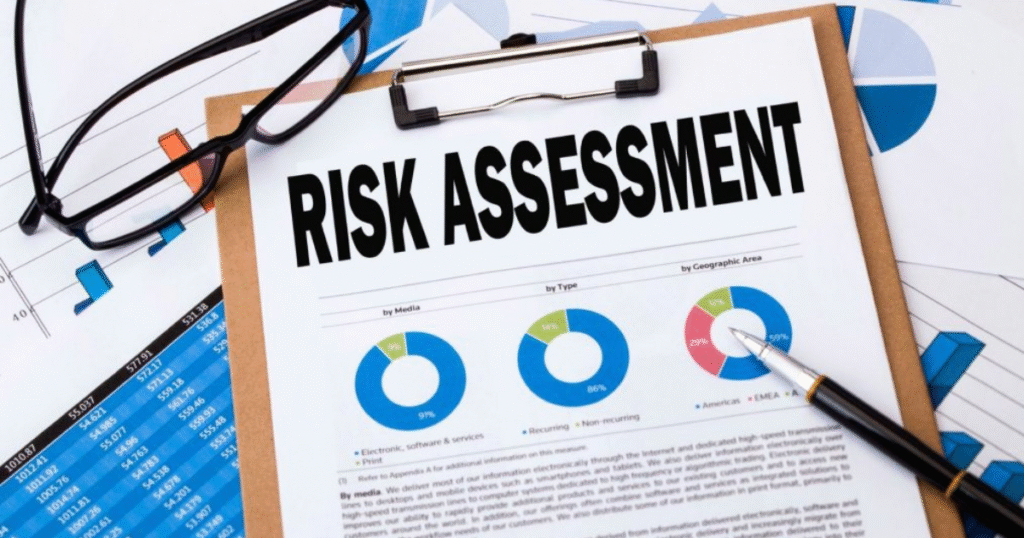Insurance is a financial safety net that protects individuals and businesses from unforeseen risks. Behind every insurance policy lies a critical process known as underwriting. Though most policyholders may never interact directly with underwriters, their role is pivotal in determining risk, pricing, and coverage terms. This article will explore what insurance underwriting is, how it works, and why it’s essential in the insurance industry.
Understanding Insurance Underwriting
What Is Insurance Underwriting?
Insurance underwriting is the process by which insurance companies assess the risk of insuring a person, property, or business and decide on the terms and pricing of the insurance policy. It involves evaluating the likelihood of a claim being made and determining whether to provide coverage.
Purpose of Underwriting
The goal of underwriting is to ensure that insurers maintain a profitable balance between the premiums they collect and the claims they pay. It helps insurers:
- Price policies accurately
- Decide whether to accept or decline applications
- Set coverage limits and exclusions
The Underwriting Process Explained
Step 1: Application Review
The underwriting process begins with a review of the insurance application. This includes gathering basic personal or business information, the type of coverage requested, and any relevant history.
Step 2: Risk Assessment

Underwriters evaluate various factors based on the type of insurance:
- Life Insurance: Age, gender, medical history, occupation, lifestyle habits
- Health Insurance: Pre-existing conditions, tobacco use, past claims
- Auto Insurance: Driving record, vehicle type, location, usage
- Home Insurance: Property age, location, construction type, security systems
Step 3: Risk Classification
After analyzing the data, underwriters classify the applicant into risk categories (e.g., standard, substandard, preferred). Each category affects premium pricing and policy terms.
Step 4: Decision Making
Based on the risk assessment, underwriters may:
- Approve the policy as applied
- Approve with modified terms (e.g., higher premium, coverage limits)
- Request additional information
- Decline the application
Step 5: Policy Issuance
If approved, the insurance company issues the policy, including details of coverage, premiums, deductibles, and exclusions.
Types of Insurance Underwriting
1. Life Insurance Underwriting
Focuses on evaluating mortality risk. Medical exams, health records, and lifestyle assessments are common. Underwriting may be manual or automated, depending on policy size and insurer.
2. Health Insurance Underwriting
Assesses potential healthcare costs. Due to regulations like the Affordable Care Act, underwriting may be limited or standardized.
3. Auto Insurance Underwriting
Considers driving history, vehicle usage, claims history, and location to determine accident risk.
4. Property Insurance Underwriting
Evaluates the likelihood of damage or loss to a property. Factors include geographic risk (e.g., flood zones), construction materials, and occupancy.
5. Commercial Insurance Underwriting
Analyzes complex risks associated with businesses. This may involve industry-specific exposures, safety practices, financial strength, and claims history.
Manual vs. Automated Underwriting
Manual Underwriting
A human underwriter reviews all application details and makes a judgment based on guidelines and experience. This is common in complex or high-value cases.
Automated Underwriting
Uses algorithms and data analytics to evaluate applications quickly. Ideal for standardized policies with lower risks. It speeds up the approval process but may be less flexible.
Tools and Data Sources in Underwriting
Common Data Sources
- Credit reports
- Medical Information Bureau (MIB)
- DMV records
- Property inspection reports
- Claim databases (e.g., CLUE reports)
Underwriting Software
Modern underwriters use predictive modeling, machine learning, and underwriting platforms to assist in risk analysis and decision-making.
Importance of Insurance Underwriting
1. Risk Management
Underwriting ensures that insurance companies manage risks efficiently and avoid excessive losses from high-risk policyholders.
2. Fair Premiums
It allows insurers to tailor premiums based on individual risk levels, promoting fairness and affordability.
3. Financial Stability
Proper underwriting maintains the insurer’s financial health, ensuring they can pay claims and continue operations.
4. Compliance and Regulation
Underwriting practices must comply with insurance laws and regulations, ensuring transparency and fairness in the industry.
Challenges in Modern Underwriting
1. Data Privacy Concerns
With increasing use of personal data, insurers must navigate privacy laws and maintain consumer trust.
2. Evolving Risks
Climate change, cyber threats, and pandemics introduce new risks that are difficult to model with historical data.
3. Technological Integration
Integrating AI and automation into traditional underwriting processes can be complex but necessary for efficiency.
4. Regulatory Changes
Changes in insurance laws can impact what information underwriters can use and how they assess risk.
The Role of the Underwriter
Key Responsibilities
- Reviewing applications and supporting documents
- Assessing risk and making decisions
- Communicating with agents and brokers
- Ensuring compliance with guidelines
Required Skills
- Analytical thinking
- Attention to detail
- Communication skills
- Knowledge of insurance laws and trends
Future of Insurance Underwriting
Increased Automation
More insurers are leveraging artificial intelligence and machine learning to streamline underwriting, especially for standard policies.
Use of Big Data
Insurers now analyze vast datasets, including social media and wearable tech data, for more personalized underwriting.
Predictive Analytics

Advanced analytics help underwriters predict future risks and improve decision-making.
Personalized Policies
Underwriting is moving toward more individualized coverage options based on precise risk assessments.
Also Read: Understanding Reinsurance: A Backbone Of Risk Management
Conclusion
Insurance underwriting is the foundation of the insurance industry, ensuring that risks are evaluated fairly and that policies are priced accurately. While the process can be complex, it’s essential for maintaining financial stability, protecting policyholders, and allowing insurers to offer reliable coverage. As technology continues to evolve, underwriting will become more data-driven, efficient, and personalized. Understanding how underwriting works not only helps you make better insurance choices but also gives you insight into what goes on behind the scenes.
FAQs
1. What is the role of an insurance underwriter?
An underwriter assesses insurance applications, evaluates risk, and determines the terms and pricing of policies.
2. Is underwriting required for every type of insurance?
Yes. All forms of insurance use underwriting to some extent, though the complexity and methods may vary.
3. How long does the underwriting process take?
It can range from instant (for automated systems) to several weeks (for manual or complex cases).
4. Can an underwriter deny coverage?
Yes. If the risk is too high or certain criteria are not met, the underwriter may decline the application.
5. Does underwriting affect my premium?
Absolutely. The outcome of underwriting determines your risk class, which directly influences your premium amount.
